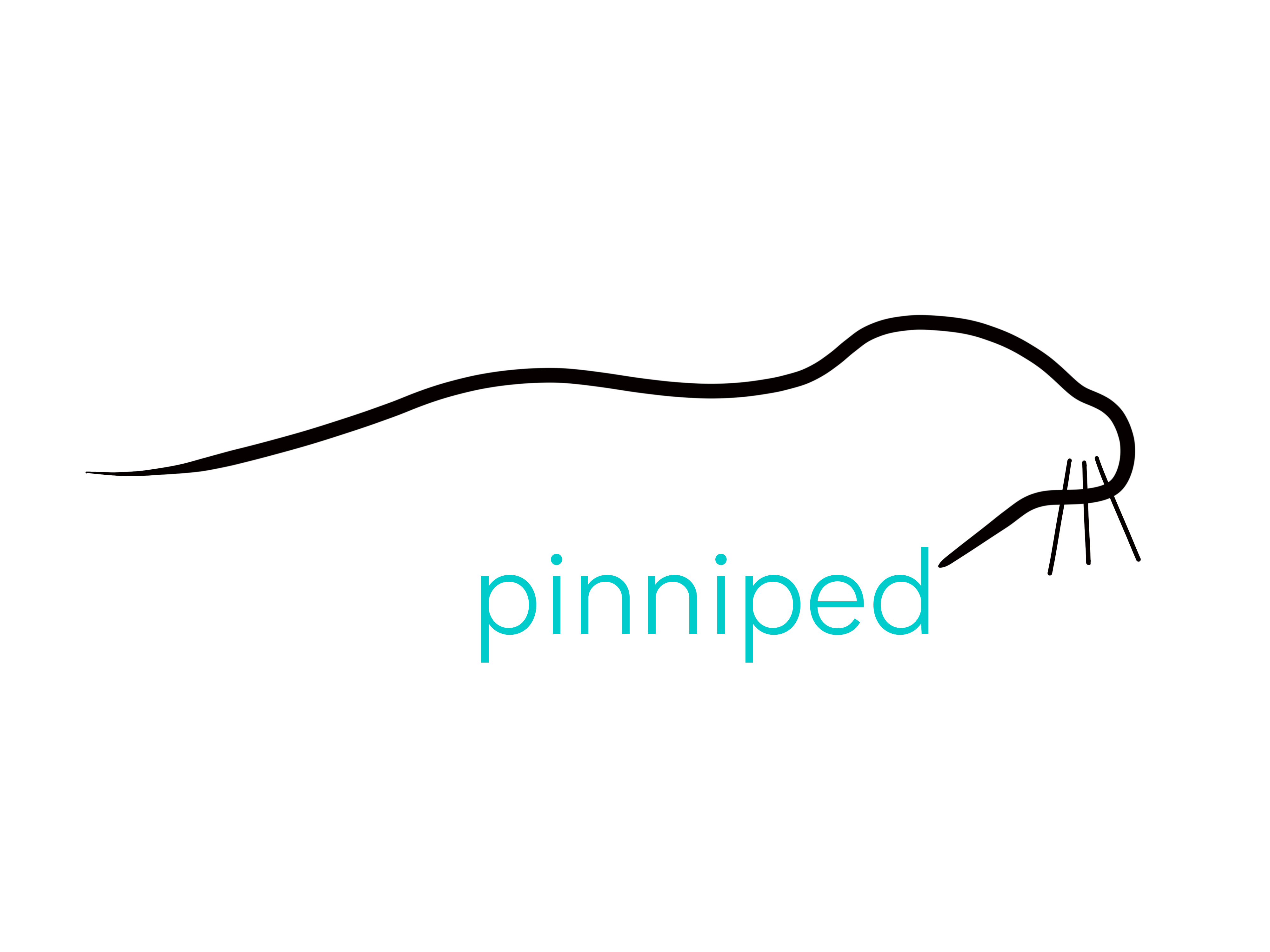Reference sources
Atkinson, S. (1997). Reproductive biology of seals. Reviews of Reproduction, 2, 175-194.
de Bruyn, P. J. N., Tosh, C. A., Bester, M. N., Cameron, E. Z., McIntyre, T. and Wilkinson, I. S. (2011). Sex at sea: alternative mating system in an extremely polygynous mammal. Animal Behaviour, 82(3), 445-451.
Fabiani, A., Galimberti, F., Sanvito, S. and Hoelzel, A. R. (2004). Extreme polygyny among southern elephant seals on Sea Lion Island, Falkland Islands. Behavioural Ecology, 15(6), 961-969.
Gazo, M., Lydersen, C. and Aguilar, A. (2006). Diving behaviour of Mediterranean monk seal pups during lactation and post weaning. Marine Ecology Progress Series, 308, 303-309.
Gjertz, I., Kovacs, K. M., Lydersen, C. and Wiig, Ø. (2000). Movements and diving of bearded seal (Erignathus barbatus) mothers and pups during lactation and post-weaning. Polar Biology, 23, 559-566.
Hiruki, L. M., Schwartz, M. K. and Boveng, P. L. (1999). Hunting and social behaviour of Leopard Seals (Hydrurga leptonyx) at Seal Island, South Shetland Islands, Antarctica. Journal of Zoology, 249, 97-109.
International Union for Conservation of Nature. (2017). Home. The IUCN Red List of Threatened Species [online]. Available at: http://www.iucnredlist.org/.
Iverson, S. J., Oftedal, O. T., Bowen, W. D., Boness, D. J. and Sampugna, J. (1995). Prenatal and postnatal transfer of fatty acids from mother to pup in the hooded seal. Journal of Comparative Physiology B, 165, 1-12.
Ladds, M. A., Slip, D. J. and Harcourt, R. G. (2017). Intrinsic and extrinsic influences on standard metabolic rates of three species of Australian otariid. Conservation Physiology, 5, 1-14.
Laws, R. M., Baird, A. and Bryden, M. M. (2003). Breeding season and embryonic diapause in crabeater seals (Lobodon carcinophagus). Reproduction, 126, 365-370.
Leopold, M. F., Begeman, L., van Bleijswijk, J. D. L., Ijsseldijk, L. L., Witte, H. J. and Gröne, A. (2014). Exposing the grey seal as a major predator of harbour porpoises. Proceedings of the Royal Society B: Biological Sciences, 282(1798), 1-7.
McCreery, L. and Thomas, J. A. (2009). Acoustic Analysis of Underwater Vocalizations from Crabeater Seals (Lobodon carcinophagus): Not So Monotonous. Aquatic Mammals, 35(4), 490-501.
Miller, J. and Miller, L. (2014). Walrus. London: Reaktion Books Ltd.
Naito, Y. and Nishiwaki, M. (1972). The growth of two species of the Harbour Seal in the adjacent waters of Hokkaido. The Scientific Reports of the Whales Research Institute, 24, 127-144.
Naya, D. E., Arim, M. and Vargas, R. (2006). Diet of South American Fur Seals (Arctocephalus australis) in Isla de Lobos, Uruguay. Marine Mammal Science, 18(3), 734-745.
Noren, D. P., Crocker, D. E., Williams, T. M. and Costa, D. P. (2003). Energy reserve utilization in northern elephant seal (Mirounga angustirostris) pups during the postweaning fast: size does matter. Journal of Comparative Physiology B, 173, 443-454.
Olsen, M. T., Galatius, A., Biard, V., Gregersen, K. and Kinze, C. C. (2016). The forgotten type specimen of the grey seal [Halichoerus grypus (Fabricius, 1791)] from the island of Amager, Denmark. Zoological Journal of the Linnean Society, 178, 713–720.
Scheffer, V. B. (1962). Pelage and Surface Topography of the Northern Fur Seal. Washington, D.C: U.S. Fish and Wildlife Service.
Scientific Committee on Antarctic Research (SCAR) Group of Specialists on Seals. (2000). Report of the meeting of the SCAR Group of Specialists on Seals. Tokyo: International Council of Scientific Unions.
Shirihai, H. and Jarrett, B. (2006). Whales, Dolphins and Seals: A Field Guide to the Marine Mammals of the World. London: A & C Black.
Southwell, C., Bengtson, J., Bester, M., Blix, A. S., Bornemann, H., Boveng, P., Cameron, M., Forcada, J., Laake, J., Nordøy, E., Plötz, J., Rogers, T., Southwell, D., Steinhage, D., Stewart, B. S. and Trathan, P. (2012). A review of data on abundance, trends in abundance, habitat use and diet of ice-breeding seals in the Southern Ocean. CCAMLR Science, 19, 49-74.
Thomas, J. A. (1991). Pick From The Past: The Sounds of Seal Society. Natural History, [online]. Available at: http://www.naturalhistorymag.com/htmlsite/master.html?http://www.naturalhistorymag.com/htmlsite/editors_pick/1991_03_pick.html.
Villegas-Amtmann, S., Atkinson, S. and Costa, D. P. (2009). Low Synchrony in the Breeding Cycle of Galapagos Sea Lions Revealed by Seasonal Progesterone Concentrations. Journal of Mammalogy, 90(5), 1232-1237.
Watanabe, Y., Baranov, E. A., Sato, K., Naito, Y. and Miyazaki, N. (2004). Foraging tactics of Baikal seals differ between day and night. Marine Ecology Progress Series, 279, 283-289.
Wilson, S. C., Dolgova, E., Trukhanova, I., Dmitrieva, L., Crawford, I., Baimukanov, M. and Goodman, S. J. (2017). Breeding behavior and pup development of the Caspian seal, Pusa caspica. Journal of Mammalogy, 98(1), 143-153.

